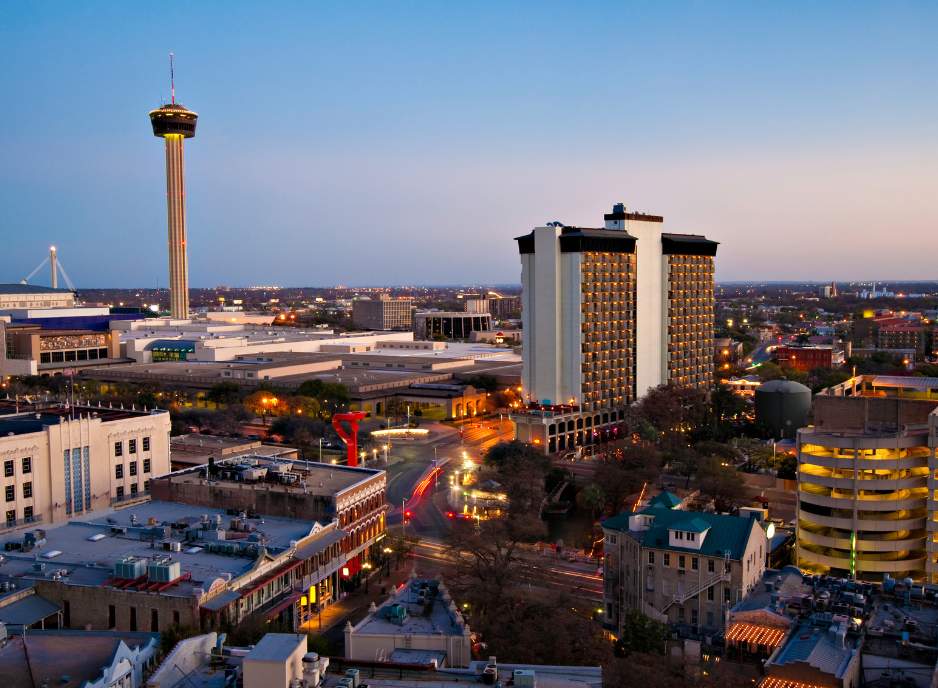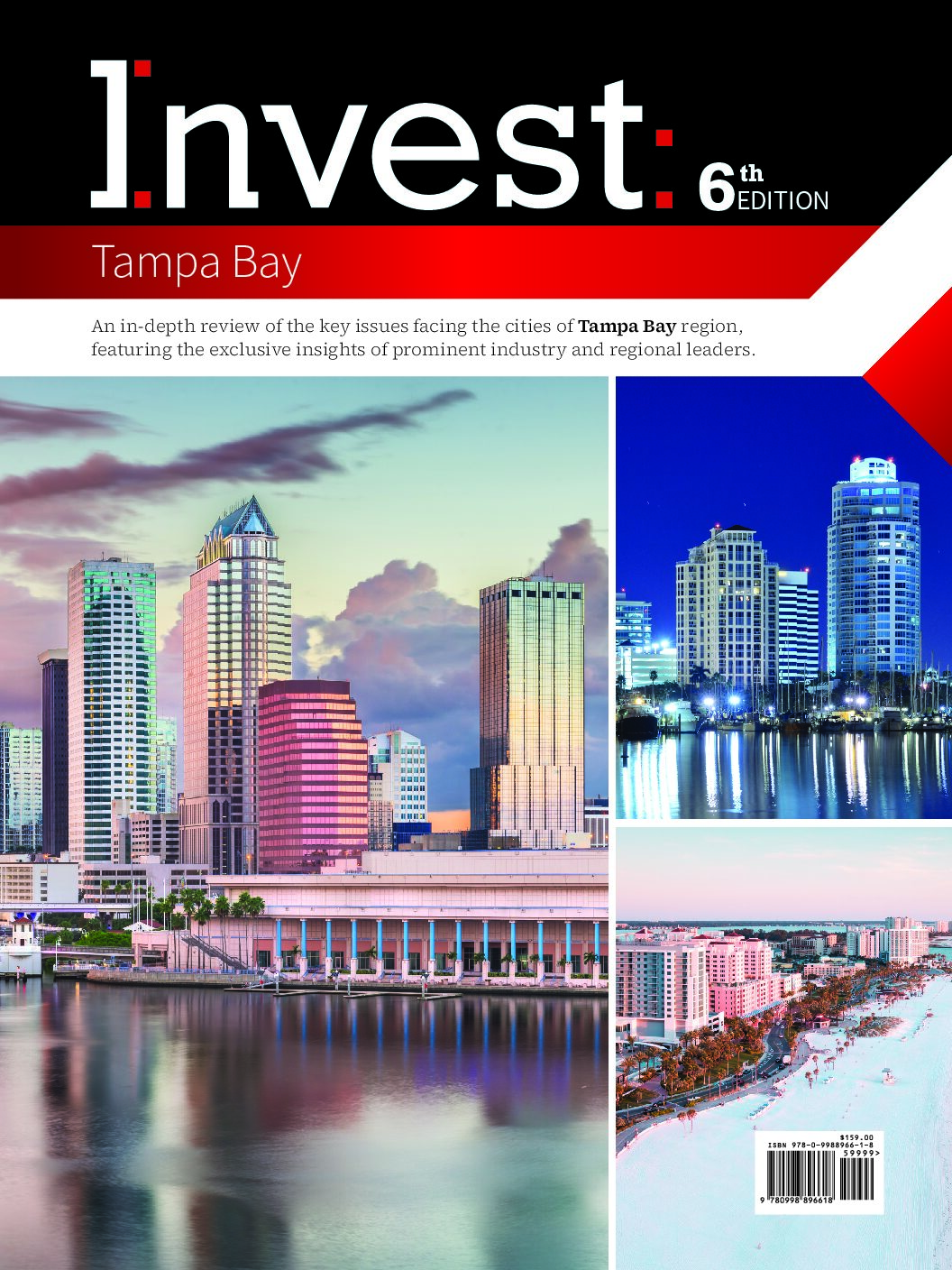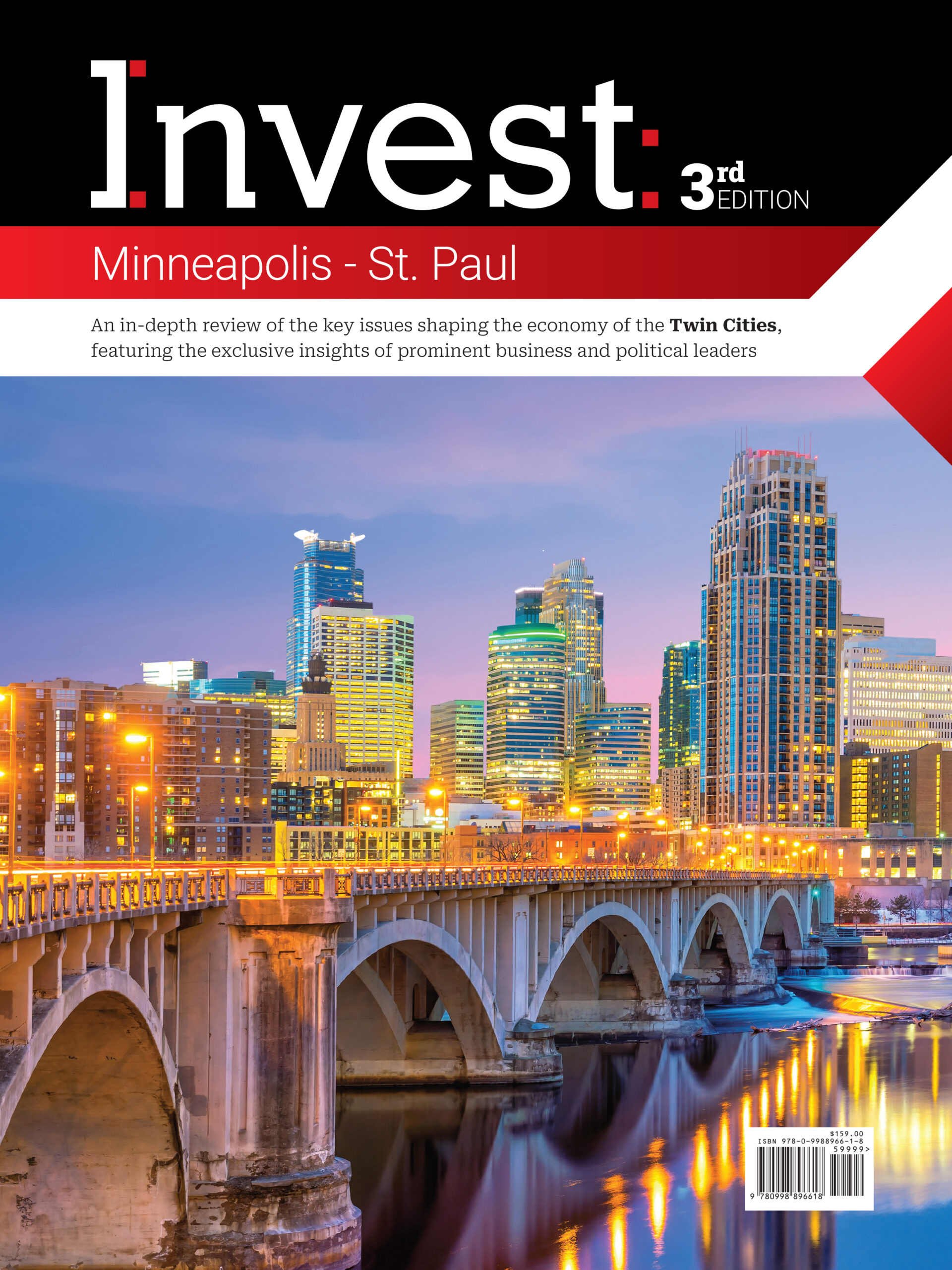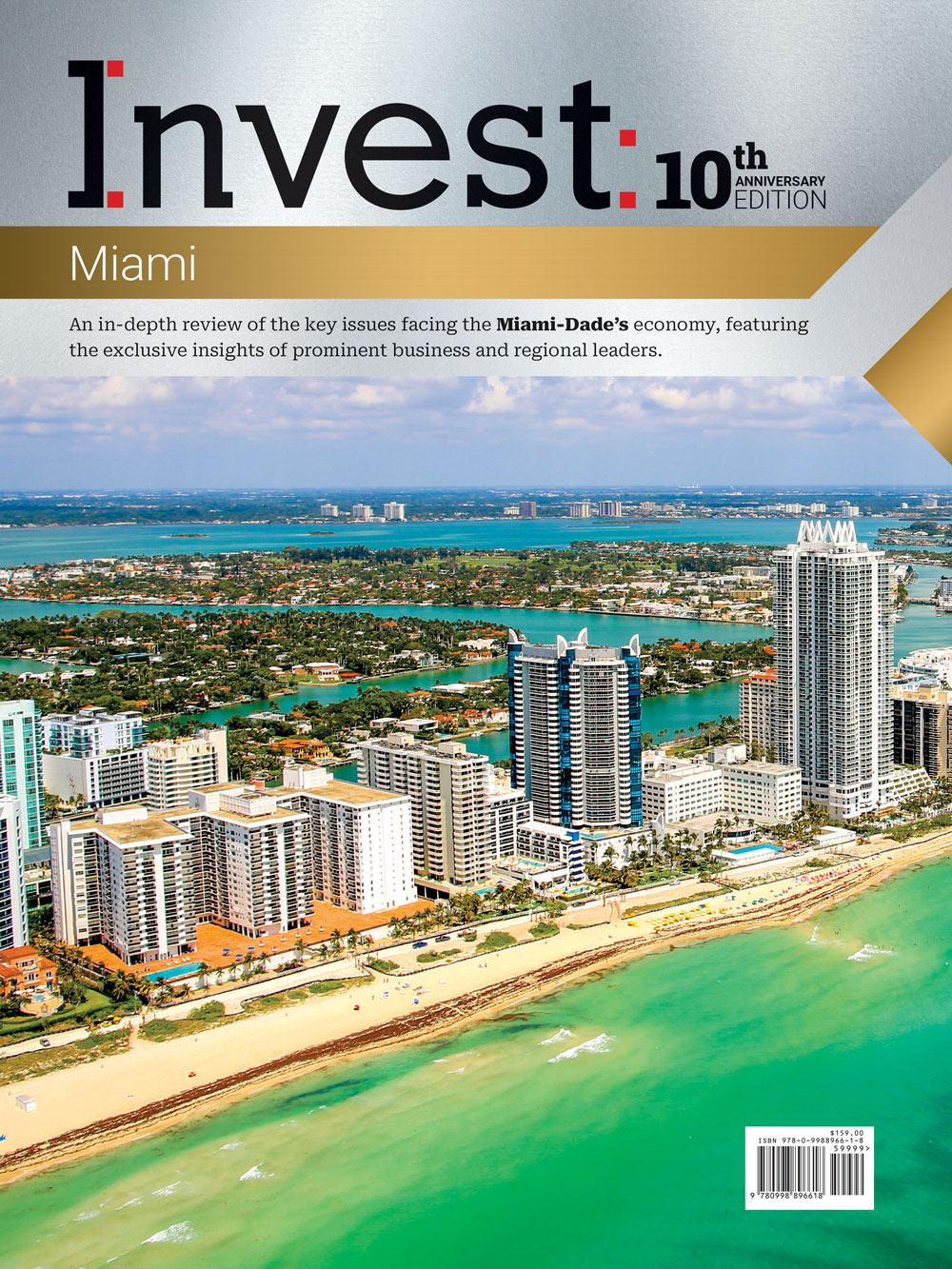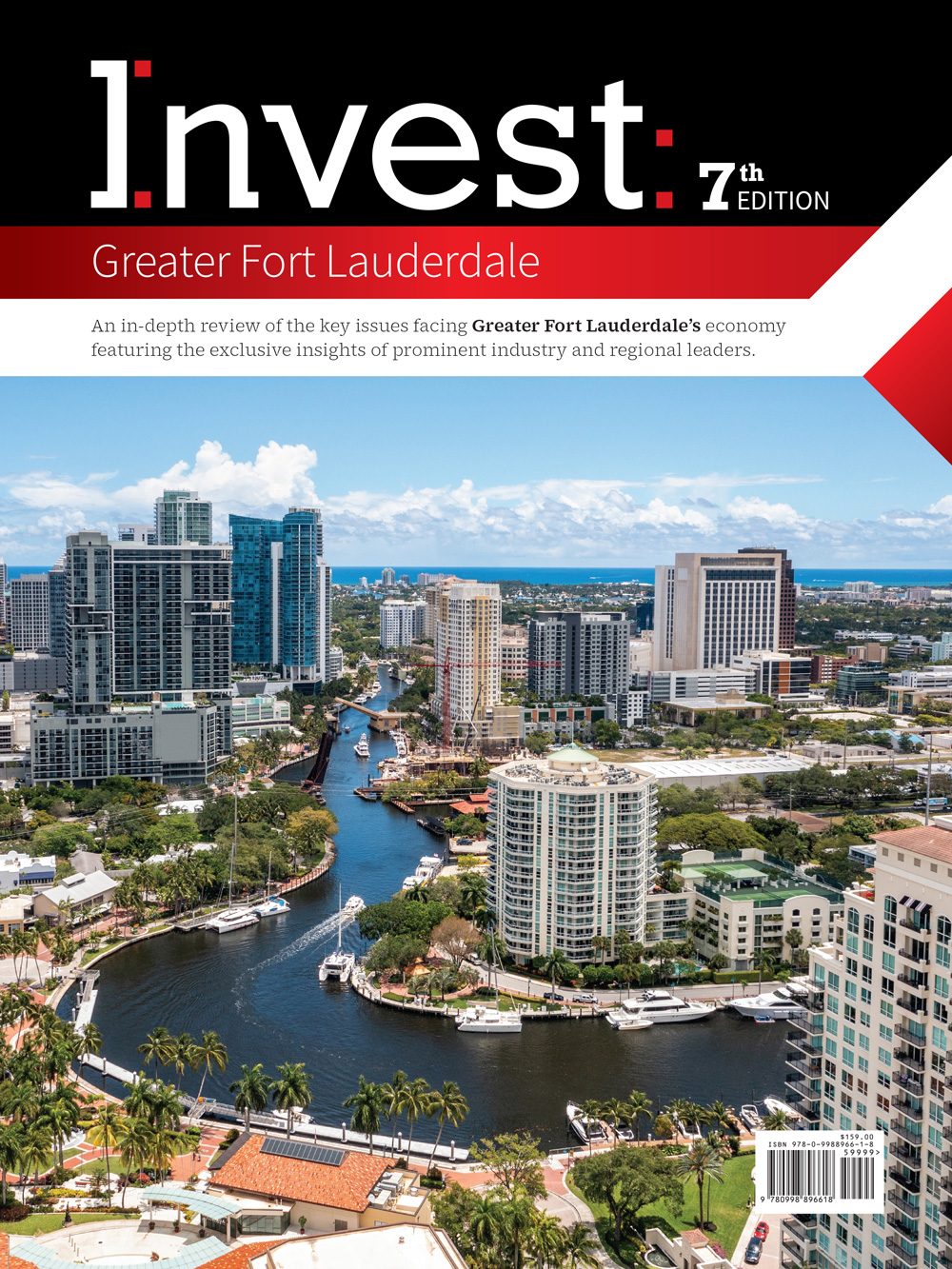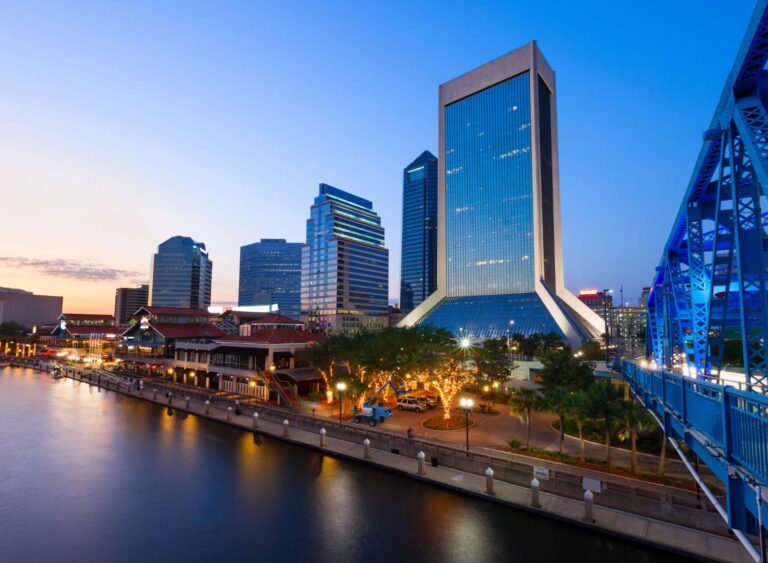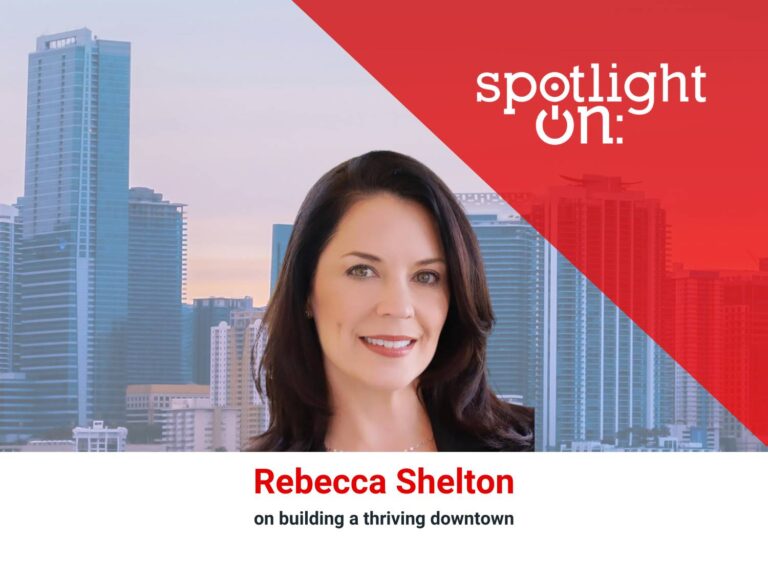Richard Glover, CEO, Central Florida Zoo & Botanical Gardens
Invest: spoke with Richard Glover, CEO of the Central Florida Zoo & Botanical Gardens, regarding the common misconception about why zoos exist, the many challenges and opportunities the Central Florida Zoo has faced in recent years, and how it works to capitalize on those challenges to improve the guest experience and ensure the community understands the importance of animal and environmental conservation efforts.
What were some of Central Florida Zoo & Botanical Gardens’ greatest successes in the past year?
Many people consider zoos an entertainment venue, but we consider ourselves a conservation organization. Hence, we see our biggest wins in the conservation work we do with endangered and vulnerable species. One of our biggest projects is our fully-owned sister facility in Eustis, the Orianne Center for Indigo Conservation, where we breed, raise, and then with partners eventually release Eastern Indigo snakes out into their native habitat in Northern Florida and Alabama. One of the ways that we know they’re thriving out in the habitat is when they have offspring. We have seen offspring in both release sites over the last year. It shows that our efforts to repopulate are going in the right direction, and the species may eventually be sustainable on its own. This means we might be able to, at some point, stop releasing Eastern Indigo snakes in those places and focus on another habitat.
What are some of the overarching challenges or opportunities that the zoo has faced recently?
Hurricane Ian was a big thing for us. We had not only about $400,000 of damage to the zoo from the hurricane, but we also had flooding after the hurricane. When all the water started coming back towards Lake Monroe and through our property, our road to get in and out of the zoo was under about three feet of water for over three weeks. So we were closed for 28 days. We were closed longer than any other facility in the state. The operating cost for those days that we were closed was just over $600,000. It was a major challenge to financially recover from essentially losing $1 million over a month. We’re now working with the Army Corps of Engineers, which is conducting a stormwater survey of our property and will help us find solutions to mitigate that.
One of the other big challenges zoos face is the misperception of what we are and what we do, especially from younger generations. We’re part of the Association of Zoos and Aquariums (AZA). To put that in perspective, there are about 3,000 places in the country that can hold animals, and only 248 are accredited by the AZA. Those 248 are held to a much higher standard than any state standards in animal care and every other aspect of our organization. We have been continuously AZA accredited at the Central Florida Zoo since 1986. The level of animal care, the focus on what we do, and the science behind what we do is what we want people to understand. We’re also a home for many animals that don’t have anywhere else to go.
What specific strategies have been implemented to enhance conservation education for visitors?
We’ve got a myriad of education programs, and most of them are STEM-based. We have programs for all ages. Last fiscal year, we saw over 54,000 learners come through our programs. We do a lot of keeper talks. We have a reptile show that often features venomous reptiles. We do many things to ensure that everyone who enters the zoo can learn a little about these animals beyond just the signage we put up. The experience of talking to someone at the zoo and learning about an animal is much more memorable and likely to elicit some empathy that makes them want to change their behavior.
We want to teach people how to coexist with animals and be safe for everybody because we are blessed to have all this wildlife around us, and we don’t want that to go away. It’s one of the reasons why this state is so beautiful and special. But at the same time, we have to think about how we coexist with these animals and how to do it in a way that’s safe for the people.
What steps is the zoo taking to minimize its environmental impact?
We have all the typical recycling programs. Still, we look at, for example, the cleaning products that we use and what their environmental impact is and try to purchase things that will have minimal impact. We recently switched from plastic gloves. We have no plastic bottles and no plastic wear on our campus. If a customer wants to buy water at the zoo, it will be in a metal can, and all other drinks are sold in sustainable packaging. Our gift shop is a little more of an environmental challenge. We’ve made a lot of progress, but we continue to try to find things we can do to kind of chip away at our environmental impact. We are also taking groups of staff and volunteers outside of the zoo to do waterway clean-ups and clean-ups of parks and beaches.
How does the zoo ensure it is accessible and welcoming to all visitors?
We are a facility that opened in 1975. As you can imagine, when many things were built on our campus, there weren’t many ADA compliance laws in place. Retrofitting is costly, and we’ve had to do a lot of things at the pace we’ve been able to do them. One of the little things we’ve been doing over the last couple of years is changing all of the wood from the elevated boardwalks to a composite material. One of the reasons we’re changing it is obviously because it’s going to last longer. Another reason is moving on wet wood boardwalks is difficult, especially for people in wheelchairs.
We are also adding programs so that we can better serve different communities. Last year, when we had some of our larger daytime events, we opened early to give families that had members with autism to come in before we turned on the splash pad and music. This allowed them a couple of hours to enjoy the experience before it became too much for somebody who might get overstimulated. We just recently created what we call a sensory safari, which is an education program for kids specifically who have sensory issues. We’re looking at ways to do things for vision-impaired or hearing-impaired guests, such as bringing sign-language interpreters. We are also working on ways to better accommodate people for whom English is not their first language. We are the only substantial cultural attraction in Seminole County, so we feel it’s essential that we’re a place where everyone feels welcome, valued, and safe.
We do Sunset Nights at the zoo on the last Friday of the month from May through September every year. Last year, we started theming those to celebrate different cultures. Each month, we bring entertainment, food trucks owned by people from those communities or serving food endemic to those communities, and speakers to celebrate those different communities and make them feel welcome and valued. Admission for those evenings is $8 if you buy it online, and it’s $6 at the gate. Normally, you spend about $24 to get in the zoo. So, whether it’s physical accessibility or financial accessibility, we want to ensure that we are inclusive of everyone.

